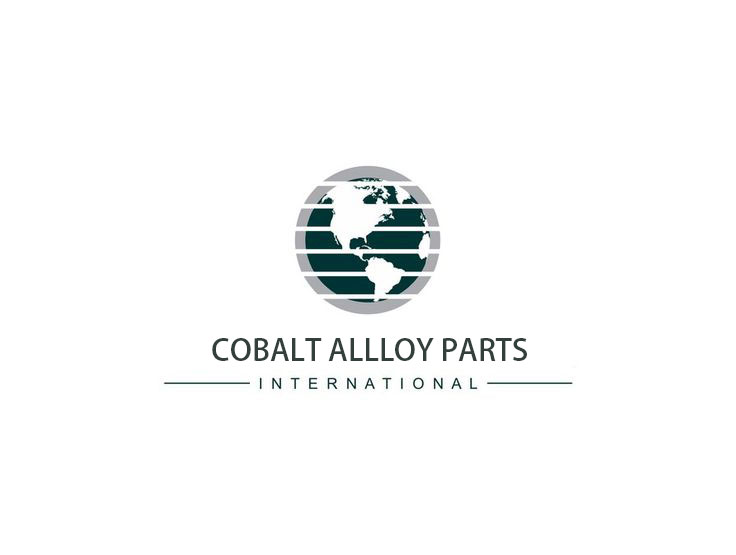
Cobalt Alloys Infusing New Vitality into Vibrating Screens for the Paper Industry
2025-10-24 09:00In the paper production process, vibrating screens serve as the core equipment for pulp purification. Through high-frequency vibration, they separate impurities, such as wood chips and metal fragments, from the pulp while recovering fibers from the wastewater. This process not only determines paper purity but also impacts production, environmental sustainability, and raw material utilization rates. However, in actual operation, the core components of vibrating screens (screen mesh, exciter bearings, and screen body liners) face challenges: calcium carbonate, kaolin, and other fillers in the pulp cause continuous abrasive wear; acids, alkalis, and chlorides from the pulping and bleaching stages induce chemical corrosion; and the high-frequency vibration combined with pulp friction generates localized temperatures of 50-150°C. Frequent shutdowns for component replacement or compromised paper quality due to residual impurities result in additional maintenance costs and production losses for enterprises.
Cobalt Alloys
Composition and Classification of Cobalt Alloys
Cobalt alloys are materials composed of a cobalt matrix with added elements such as chromium, tungsten, molybdenum, and carbon. Different grades of cobalt alloys are tailored for specific operating conditions by adjusting element ratios. For instance, wear-resistant types increase the carbon and tungsten content to enhance hard phases, while corrosion-resistant types optimize the chromium content to strengthen oxidation resistance.
Outstanding Properties of Cobalt Alloys
The primary advantage of cobalt alloys lies in their ability to resist high temperatures, wear, and corrosion simultaneously. The crystal structure of the cobalt matrix remains stable below 800°C, with minimal hardness degradation at elevated temperatures. They do not soften or deform under localized heat exposure, making them ideal for the high-temperature conditions of vibrating screens.
Application Advantages of Cobalt Alloys in Paper Vibrating Screens
Extended Component Lifespan, Reduced Replacement Frequency
Applying cobalt alloys to core vibrating screen components significantly enhances durability: screens coated or fabricated with cobalt alloys exhibit substantially extended service life, drastically reducing maintenance downtime caused by component failure.
Ensures Production Stability and Enhances Product Quality
The wear resistance and corrosion resistance of cobalt alloys prevent premature component damage, which can degrade screening precision. Screens are less prone to enlarged pores from wear or corrosion damage, maintaining impurity removal rates above 99.5% and reducing defects like paper spots or holes. The stable operation of exciter bearings ensures a uniform vibration frequency, preventing incomplete pulp separation due to abnormal vibrations and further safeguarding consistent paper quality.
Reducing Overall Costs and Enhancing Environmental Benefits
Although cobalt alloys have higher initial procurement costs than conventional metals, their long-term total cost proves lower: reduced component replacement frequency cuts spare parts procurement and labor maintenance expenses; minimized downtime; simultaneously, the stable screening performance of cobalt alloy components improves fiber recovery rates, reducing raw material waste and lowering fiber content in wastewater treatment—aligning with the paper industry's energy-saving and environmental protection requirements.
Conclusion
As the paper industry increasingly demands higher equipment reliability, production efficiency, and environmental performance, the application of cobalt alloys in vibrating screens is expected to continue to deepen. In the future, cobalt alloys will not only become the standard material for high-end paper production line vibrating screens, but also for other applications. Still, cobalt alloys will also gain widespread adoption in the mid-range market, providing stronger material support for efficient and stable production in the paper industry.
